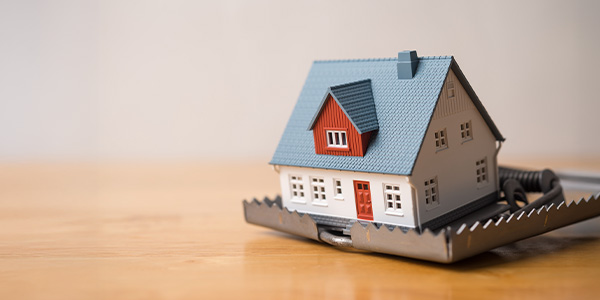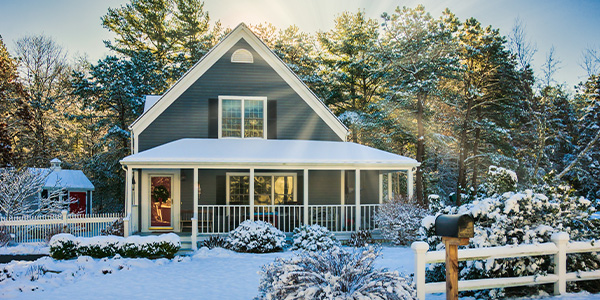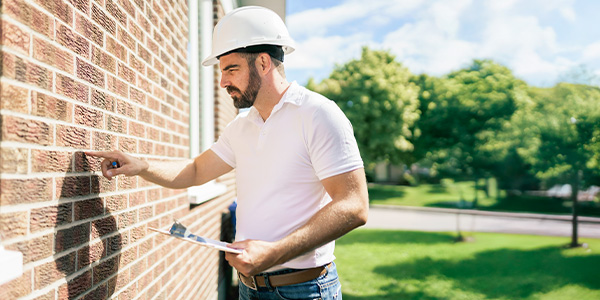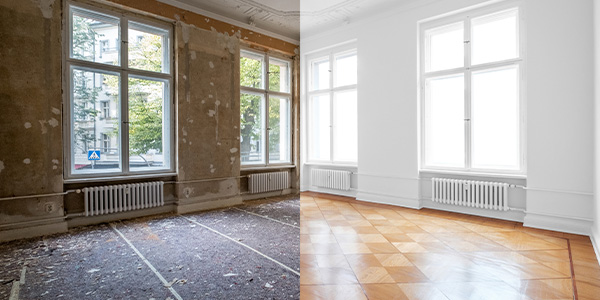Homebuyers
The Pandemic Homebuying Mistakes Some Buyers Are Still Making
July 22, 2025
The pandemic housing frenzy may be over, but the ripple effects haven’t fully faded.
For some homebuyers, the habits honed during those hypercompetitive years at the height of COVID-19—rushed decisions, bidding high, ignoring red flags—are proving hard to shake.
Even in today’s cooler, more negotiable market, there’s what could be described as a homebuying hangover. Some buyers are repeating the same costly mistakes, but without the cushion of 3% mortgage interest rates to soften the landing.
Here’s a look at the pandemic-era missteps that still plague buyers and how to sidestep them now that the market has shifted.
Chasing hype over the right home fit
Starting in 2020, the race was on to lock down space—any space—with an extra bedroom, a big backyard, and room to breathe. Suburbs boomed. Further-out suburbs, called exurbs, became buzzy. Entire moves were made not for long-term livability but for short-term escape.
And many of those buyers are now facing long commutes, higher maintenance costs, or a lifestyle that no longer suits them.
Many buyers also didn’t consider how their home’s value might hold up over time. Some of the hottest real estate markets five years, booming cities like Austin, Texas, Miami, and other parts of Florida, have experienced home price declines, according to Realtor.com data. Some of the exurbs have also lost value as people are now commuting back into their offices.
“For most people living in a large city, moving to the suburbs can get you more bang for your buck, but the [return on investment] can be much lower,” said Shawn Hill, vice-president of growth at MoveBuddha, a technology company that helps people relocate. “Not considering that in their long-range planning has cost some homeowners big time, and they’re now stuck in the suburbs because they’ll lose money on a sale.”
Today, some buyers are still prioritizing trendy markets over their longer-term needs. They may be drawn to beautiful homes that lack access to top schools, medical facilities, and nearby job opportunities.
Lesson learned: Ignore the hype and purchase a home that fits your future.
Paying top dollar for a home

During the pandemic boom, buyers routinely offered over asking just to get in the game. At the time, it was a survival tactic. But now, with prices leveling, or even slipping, overbidding out of habit is more of a liability than a strategy.
“Don’t make that mistake now,” said Catherine Mack of the real estate investment company House Buyer Network. “The market is shifting.”
This year, sellers are increasingly offering incentives: mortgage rate buydowns, closing cost credits, even price cuts. And yet, some buyers are still rushing in with full-price offers as if it’s 2021.
Granted, in still-hot markets, neighborhoods, and price points, buyers may still need to offer more than the list price. That’s why it’s important to speak with your real estate agent about the market you’re hoping to buy a home in and what sort of offer to make.
Lesson learned: You now have room to negotiate. Don’t forget to use it.
Skipping home inspections
Waiving inspections became normalized during the pandemic housing rush. For some, it worked out. But for others, it meant shelling out thousands later for foundation cracks, plumbing issues, or mold that went unnoticed in the scramble.
“Many buyers who made contingency-free offers to win homes during the pandemic ended up disappointed in their decision when they discovered deferred maintenance down the road,” said Tony Knott, a San Francisco-based real estate agent with Compass. “I still meet buyers who assume that’s expected. But skipping due diligence can be costly, especially when structural or legal issues go undiscovered.”
Lesson learned: Now that bidding wars have cooled in many regions, buyers have a chance to be thorough and do a formal home inspection.
Not budgeting beyond the mortgage

Many pandemic-era buyers focused only on what their mortgage lender approved. But homeownership doesn’t stop at the monthly principal and interest.
“This left a lot of people unable to afford their homes when inflation hit,” said Bar Zakheim, CEO of Better Place Design and Build, a San Diego-based builder. “Between property taxes, homeowners insurance, and utility costs, along with inflation, a lot of people were stuck with unaffordable homes.”
Lesson learned: If the monthly mortgage payment stretches you to your max, it’s not the right number. The true cost of owning a home—from maintenance to utilities to homeowner association fees—all adds up.
Treating the home as an investment first
The pandemic turned homes into hot commodities. Values were rising so fast that some buyers began treating their primary residences like potentially lucrative financial investments. And while that appreciation was real, the market has since sobered.
Some buyers are still chasing that mindset: flipping for a profit or assuming home value gains are guaranteed.
Lesson learned: Try not to look at a home as a stock that will soar in price, but as a place to live long-term.
Getting caught up in speed, not strategy
The pandemic trained buyers to move fast: see it, bid, win. Now, even though the pace has slowed, many buyers may still feel pressured to make decisions in hours rather than days. That kind of urgency made sense when homes were flying off the market in 24 hours.
But in May 2025, homes sat on the market for an average of 51 days, according to Realtor.com. While homes are still selling faster than the pre-pandemic average, that’s more time than buyers have had at any point in the past 14 months.
“In this housing market, it pays to take your time,” said Martin Orefice, the CEO of Rent To Own Labs. “Prices are still high, but homes are lingering on the market for longer periods and sellers are starting to get desperate.”
Lesson learned: Take the weekend. Sleep on it. Ask questions. Today, a thoughtful offer may ensure you’re finding the right home to meet your needs.






 Smart Moves Start Here.
Smart Moves Start Here.